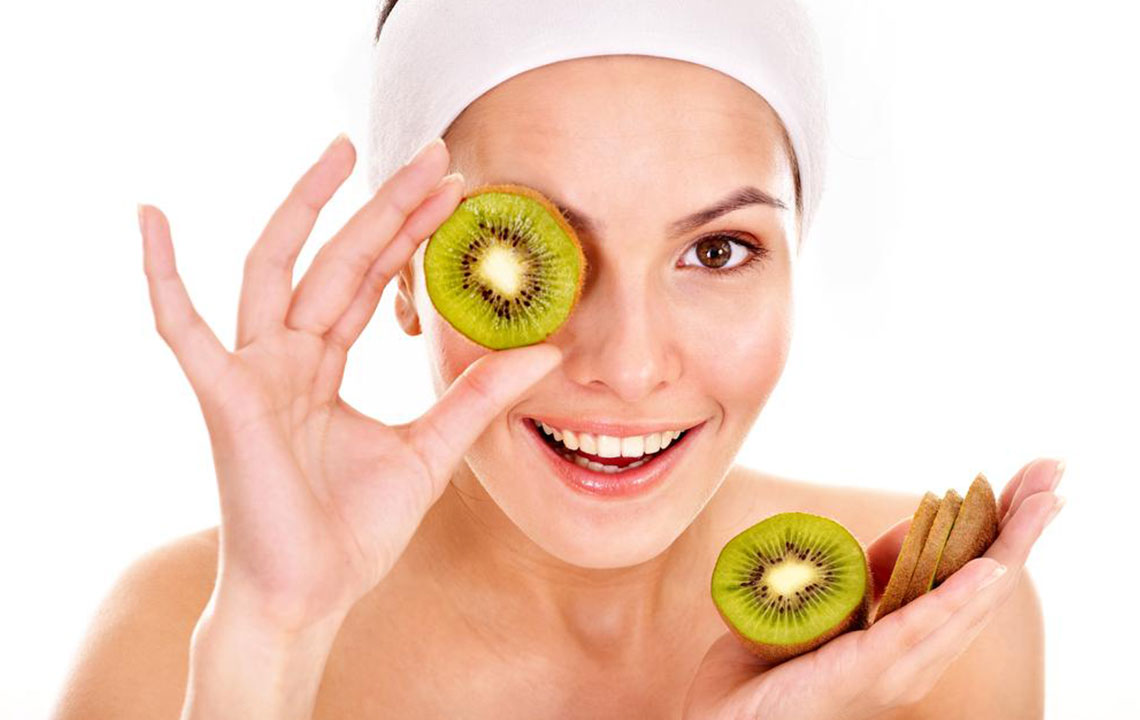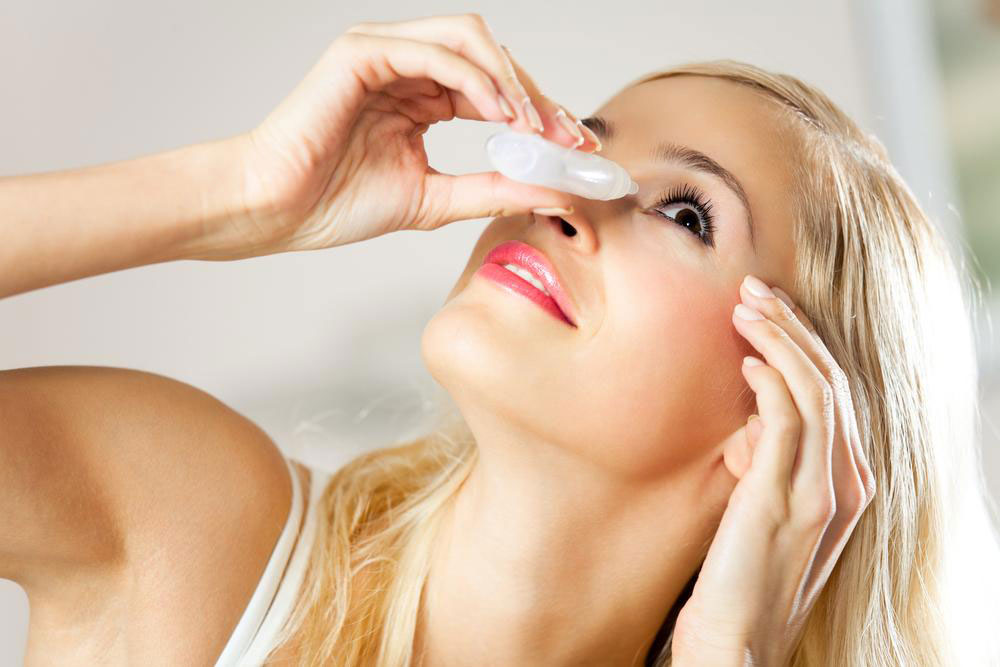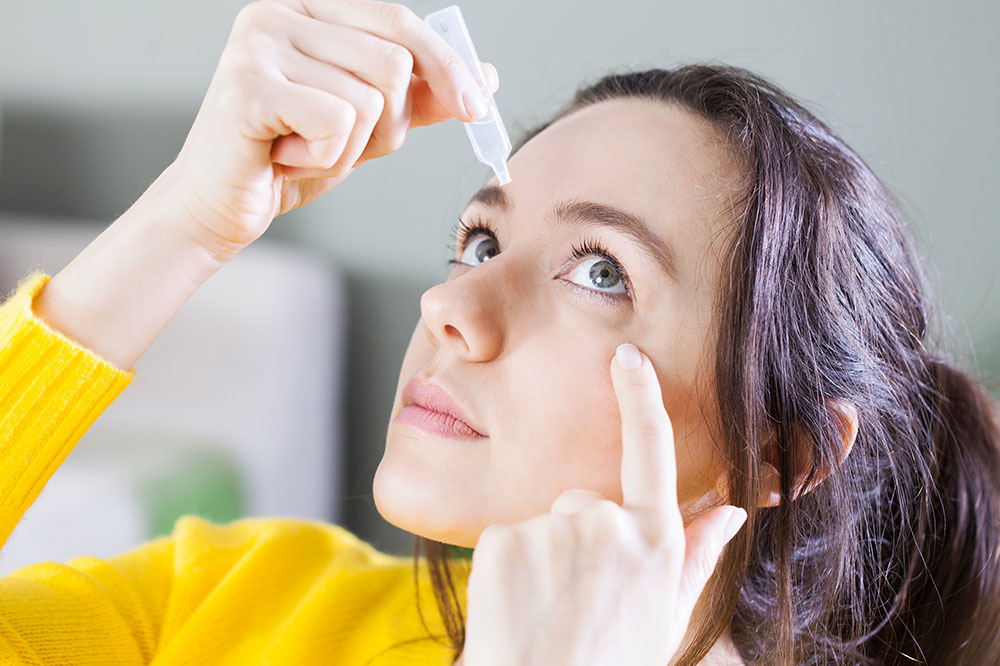Comprehensive Guide to Managing Dry Eyes: Effective Strategies, Home Remedies, and Nutritional Tips
Discover comprehensive strategies, natural remedies, and dietary tips to effectively manage dry eyes. This detailed guide explains effective home treatments, lifestyle modifications, and advanced options for alleviating discomfort caused by dry eye syndrome, helping you restore eye health and improve quality of life.

Comprehensive Strategies, Natural Remedies, and Dietary Advice for Effective Management of Dry Eyes
Dry eye syndrome, medically known as keratoconjunctivitis sicca, is a common but often overlooked eye condition that significantly affects many individuals worldwide. It occurs when the eyes do not produce enough tears or when the tears evaporate too quickly, leading to inadequate lubrication of the eye surface. This imbalance in tear film stability can result in discomfort, visual disturbances, and a decreased quality of life. Understanding the causes, symptoms, and treatment options for dry eyes is crucial for effective management and relief.
Understanding Dry Eye Disease
Dry eye disease manifests when the tear production falls below the necessary level to keep the eyes healthy and comfortable. Multiple factors can contribute to this condition, including aging, environmental influences, lifestyle habits, and medical conditions. Common symptoms include persistent eye irritation, feelings of dryness or grittiness, eye fatigue, heaviness in the eyelids, increased sensitivity to light, redness, or blurry vision. These symptoms can significantly interfere with daily activities such as reading, working on screens, driving, and even outdoor activities, making timely management essential.
Fortunately, there are numerous home remedies and lifestyle modifications that can alleviate symptoms and improve eye comfort. This comprehensive guide discusses effective strategies, natural remedies, dietary considerations, and advanced options suitable for different causes and severity levels of dry eye syndrome.
Top 10 Home Remedies and Lifestyle Tips for Dry Eyes
1. Applying Warm Compresses
One of the most effective natural remedies for dry eyes is using warm compresses. Applying a warm, moist cloth over closed eyelids stimulates the meibomian glands, which are responsible for secreting oils that prevent tears from evaporating too quickly. Regular application, ideally for 5 to 10 minutes twice daily, can enhance natural tear production, soothe irritation, and reduce inflammation. Ensuring the compress is warm but not hot prevents potential skin burns and maximizes comfort.
2. Prioritize Adequate Sleep
Sleep deprivation intensifies dry eye symptoms by impairing tear film regeneration and increasing eye fatigue. Adequate sleep, usually 7-9 hours per night for adults, allows the eyes to rest and recover. Additionally, taking regular breaks from screens using the 20-20-20 rule—every 20 minutes, look at something 20 feet away for at least 20 seconds—helps reduce digital eye strain and prevents dryness caused by prolonged screen time.
3. Use Humidifiers in Indoor Spaces
Especially during winter or in dry climates, air conditioning and heating systems can reduce indoor humidity, exacerbating dry eyes. Utilizing a humidifier adds moisture to the air, creating a more eye-friendly environment. Proper humidity levels (around 40-60%) help keep the eyes lubricated and reduce discomfort, particularly in offices, bedrooms, and living spaces.
4. Stay Hydrated
Proper hydration is fundamental for overall health and specifically for maintaining healthy eye moisture. Drinking at least 8 glasses (about 2 liters) of water daily supports tear production and prevents dehydration, which can lead to increased dryness and irritation. Limiting caffeine and alcohol intake, which can contribute to dehydration, also benefits eye health.
5. Over-the-Counter Eye Drops and Lubricants
Artificial tears are widely accessible and effective in providing temporary relief from dry eyes. It is recommended to choose preservative-free formulations, especially for frequent use, to prevent further irritation. Using eye drops immediately upon waking or before activities that trigger discomfort can significantly improve comfort levels throughout the day.
6. Dietary Adjustments for Eye Health
Nutrition plays a crucial role in managing dry eye symptoms. Incorporating omega-3 fatty acids into the diet can profoundly improve tear stability. Rich sources include fatty fish such as salmon, mackerel, sardines, and tuna. Plant-based sources such as walnuts, flaxseeds, chia seeds, and soybean oil also contribute to reducing inflammation and promoting healthy tear production. Additionally, maintaining a balanced diet rich in vitamins A, C, and E supports overall eye health.
7. Managing Screen Time and Digital Devices
Prolonged exposure to digital screens is a leading cause of dry eyes in contemporary society. Implementing practices such as reducing screen brightness, using anti-glare screens, and maintaining proper ergonomic posture can lessen eye strain. Remembering to blink frequently and consciously blinking during screen use helps spread tears evenly across the eye surface, preventing evaporation and dryness.
8. Proper Contact Lens Use
Contact lens wearers are often prone to dry eyes due to lens material and storage conditions. Opting for specialized lenses like Dailies Total 1, Bausch + Lomb ULTRA, Biofinity Energys, and Acuvue Oasys, which are designed for dry eyes, can enhance comfort. Proper hygiene, avoiding wearing lenses for extended periods, and consulting with optometrists for personalized recommendations are critical steps in managing lens-associated dryness.
9. Environmental Modifications
Reducing exposure to wind, dust, and smoke can prevent eye irritation and dryness. Wearing protective eyewear in harsh environments and ensuring clean, dust-free surroundings minimize external triggers of dry eye discomfort.
10. Regular Eye Checkups
Routine ophthalmological examinations are essential, especially as dry eye symptoms can be related to underlying medical conditions such as Sjögren's syndrome, thyroid disease, or autoimmune disorders. Early diagnosis and targeted treatments, including prescription medications or advanced therapies, can significantly improve quality of life and eye health.
Advanced Treatments and Considerations
While home remedies and lifestyle modifications are effective for many, persistent or severe dry eye cases may require medical intervention. Prescription eye drops like cyclosporine (Restasis) or lifitegrast (Xiidra) help increase tear production. In some cases, procedures like punctual plugs—tiny devices inserted into tear ducts to conserve tears—or recent advances such as intense pulsed light therapy offer promising relief. Patients should always consult eye care professionals to determine the most suitable course of action based on individual needs and underlying causes.
Special Considerations for Contact Lens Users and Age-Related Changes
Contact lenses, especially those not designed for dry eye sufferers, can exacerbate discomfort. The development of new lens technologies and drops specifically designed to complement lens wearers have been beneficial. Moreover, age-related changes such as presbyopia, cataracts, and decreased tear film stability become more prevalent with advancing age. For instance, innovations like Vuity eye drops, which mimic natural focusing capabilities, offer new ways to manage presbyopia without worsening dry eye symptoms. Patients who undergo refractive surgeries like LASIK need to follow post-operative care routines and consult their ophthalmologist regularly to manage any dry eye issues arising from the procedure.
Ultimately, understanding the multifaceted nature of dry eye disease and adopting a holistic approach—including home remedies, dietary changes, environmental modifications, and professional treatments—can dramatically improve comfort and ocular health. Maintaining healthy tears is essential for clear vision, comfort, and overall eye wellness.





